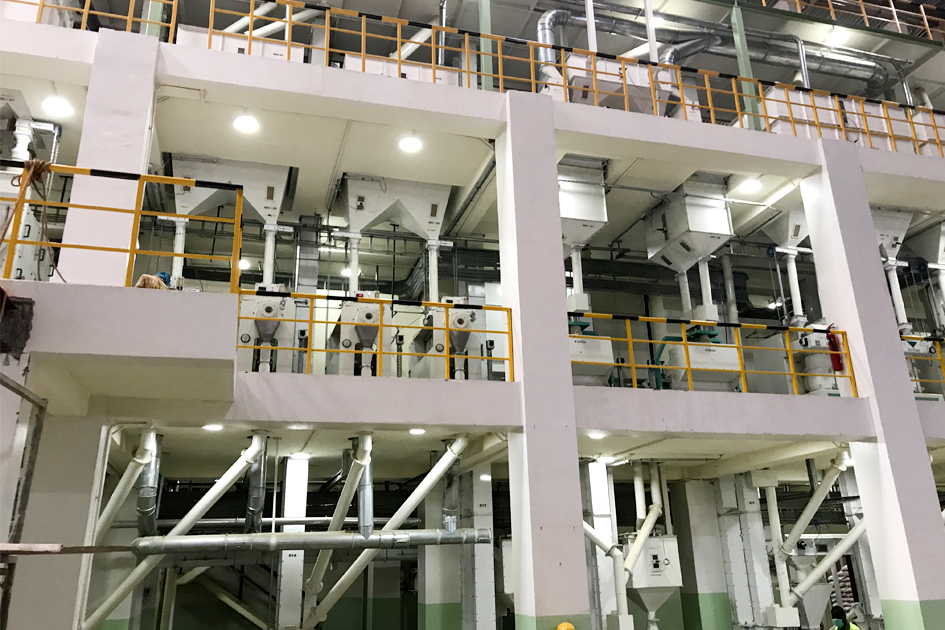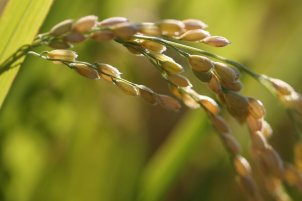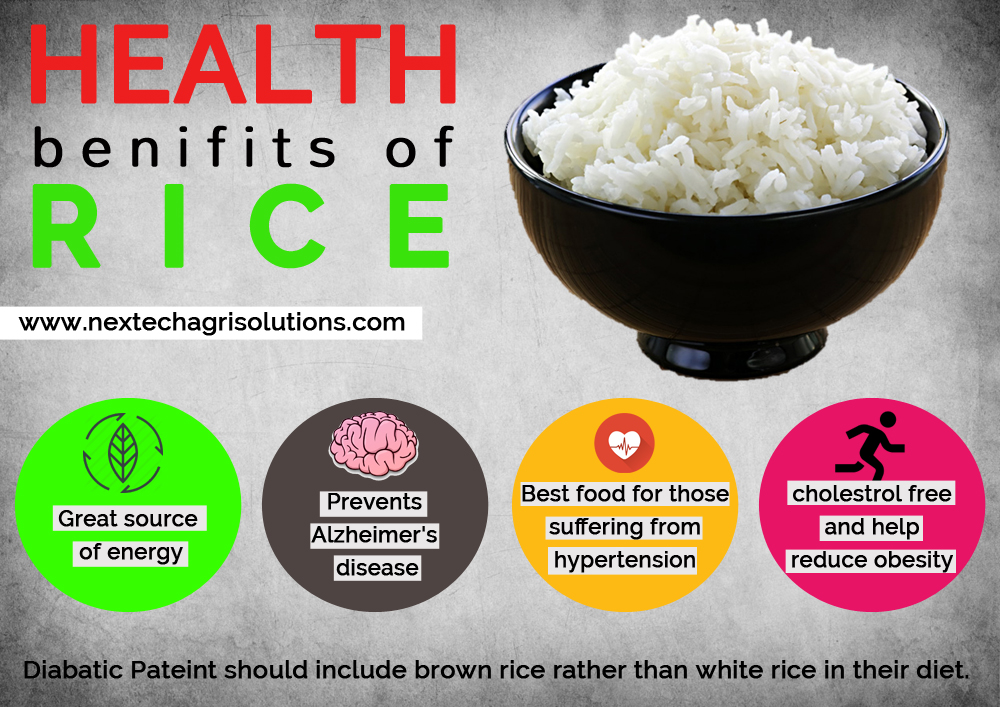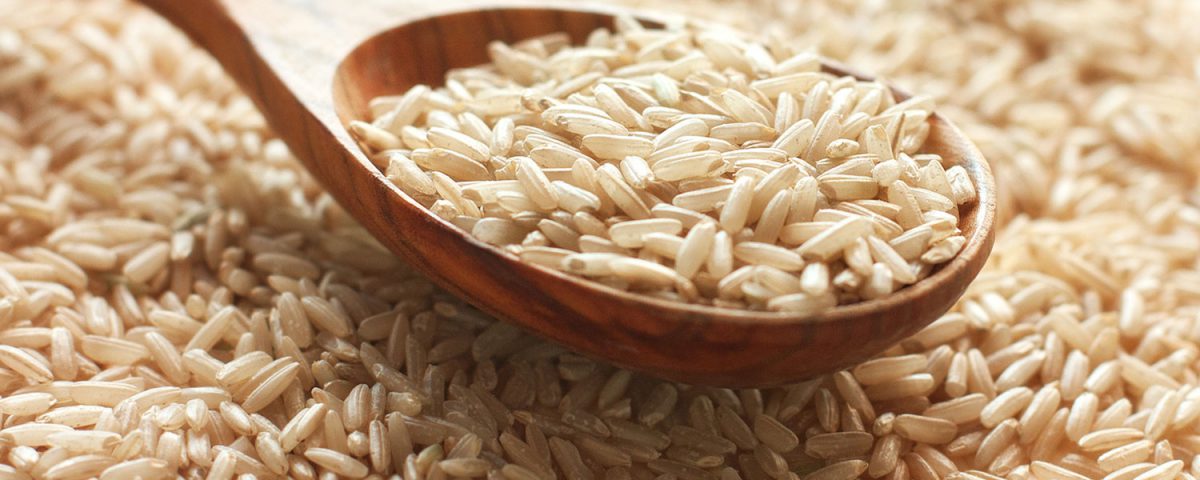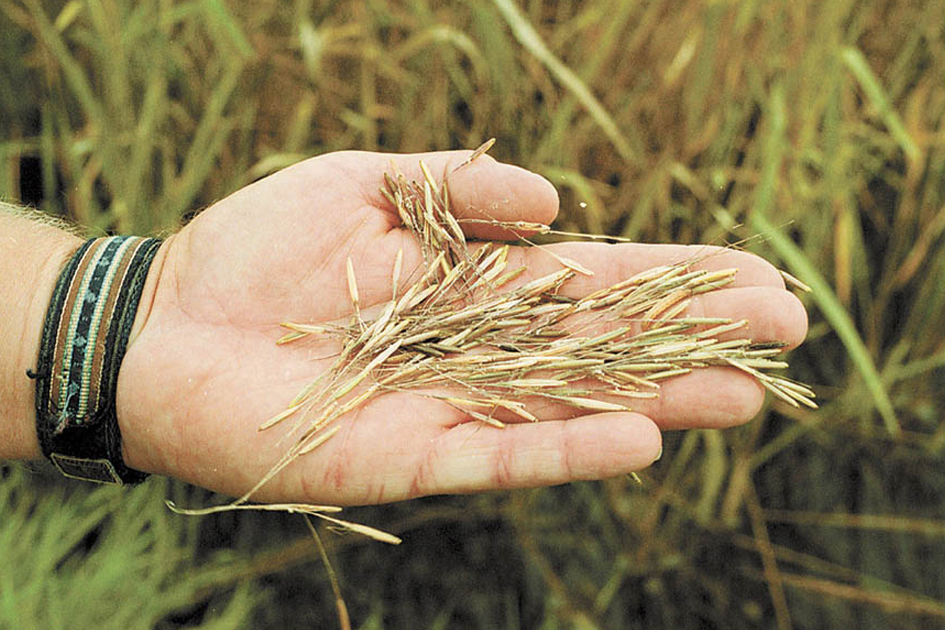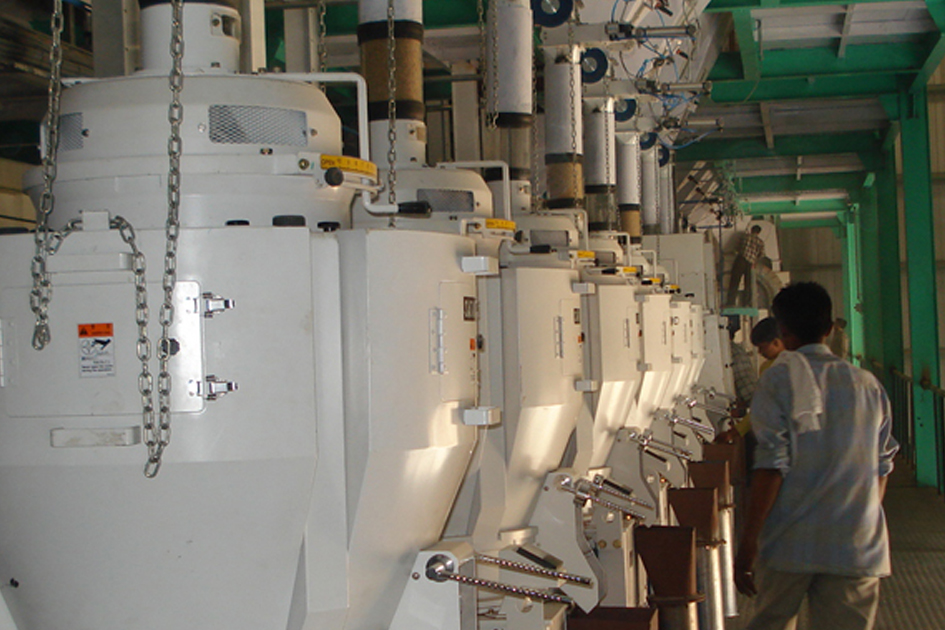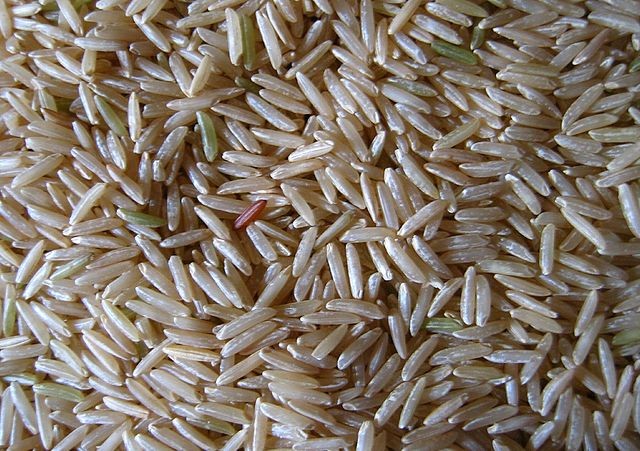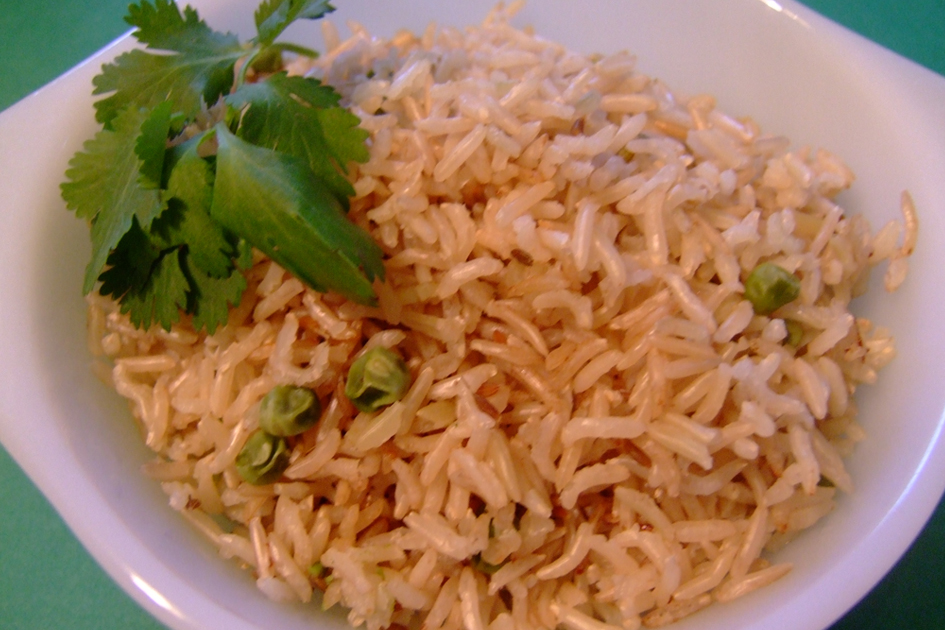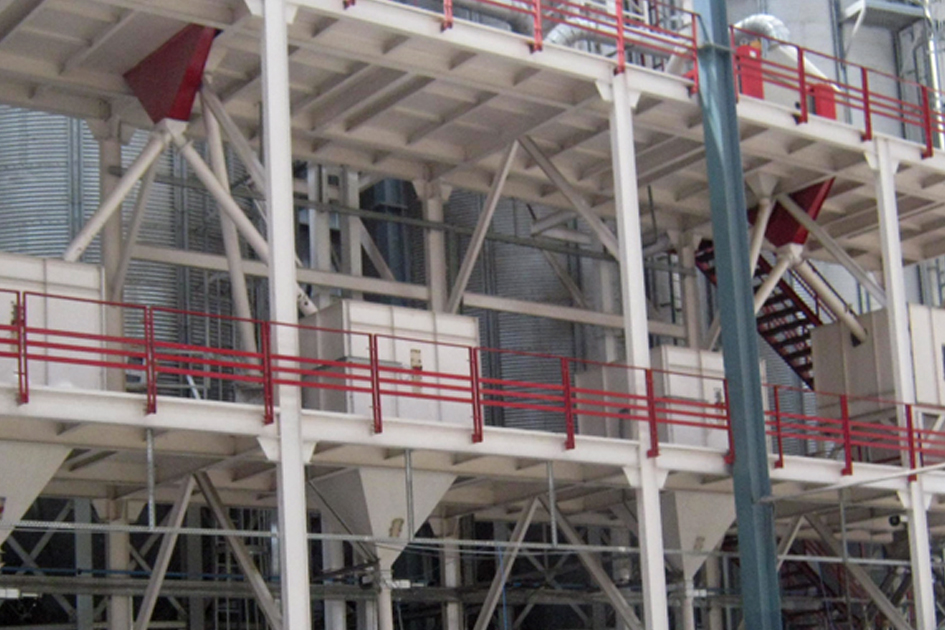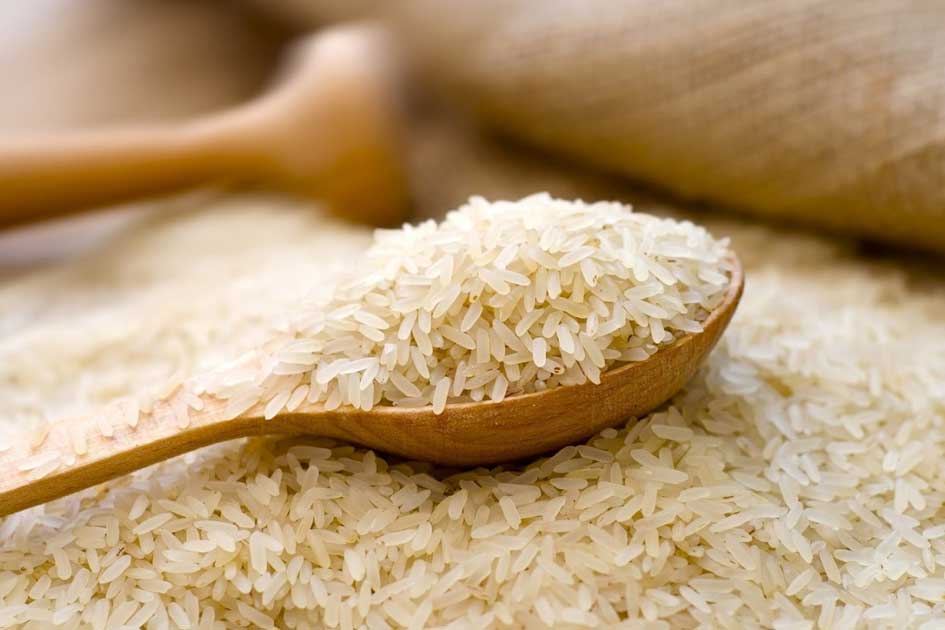While ignoring the barriers of the income as well as the living standards of the people living in the state, country or city, rice is one of the grains that are affordable by the large population in any country. Besides, rice is stable food in most of the Asian countries. This is clear by now that a huge amount of quantity of this food item is traded to other countries, where the production is low.
Now the question arises that with the right rice milling machine, we can easily produce a picture where the high output, productivity and market efficiency of the mills are required. This credit for mass production definitely goes to the rice mill consultants. These professionals are hired in large number by various mill merchants who aim for better output and working.
With the presence of milling consultants, the production and quality of the crops levels get higher. Their presence makes a big difference in the working procedures and environment. Here is how the rice mill plant consultant are a necessity these days:
Being a rice industry specialist, they help the customers with the right choice of business. This implies that irrespective of customer needs to begin the cultivation business, discount, dealership, and retail rice offering business.
Obviously, the beginning of rice plant is productive and various organization take attainable study and stage as the initial step in order to guarantee the benefits to the business. Rice mill consultants facilitate the clients with the fundamental components. For instance, prerequisite arrival, outlining and development, assets and other factors that influence the day to day working of rice machine and mills.
The need of perfect land piece and its determination is fundamental as most of the plant proprietors require highly stable capacity zone for this purpose that by now, has been processed and will be processed without much ado. Expert rice consultants have a vision to this, they make deals and perform various troublesome exercise and choose right rice processing machine. They are held responsible to consider the land zone where the production will take place.
Furthermore, the design and development are vital to accomplishing the gigantic benefits from the rice processing business. Factories and mills, under their guidance, out to produce in such a way that they permit smooth and fulfilling operations along within the arranged space. Stores and Godowns are outlined and create so as to store crude paddies and arranging the rice securely.
The consultants also take care of cleaning units, parboiling domains and various fragments reserved suitably.
Keeping up with the high rice milling equipment alongside the desired amount of production is an errand for the proprietors. These two variables add advantage to the era ability of the business. The rice mill consultants set their attention in the right direction while fitting into the interests in the rice processing hardware. They generally prescribe another rice milling process machine. In the present day, the interests, machinery, and technology offer vital protection, simple upkeep process, the higher efficiency with decreased generation cost and improved productivity of the rice mill plants.
Nextech agri solutions is an all-inclusive agriculture machinery and solution providers for grains and seed industry. They provide high-quality assistance and machinery for rice mills and others.
 MAIL US :
MAIL US :
 CALL US :
>
CALL US :
>
